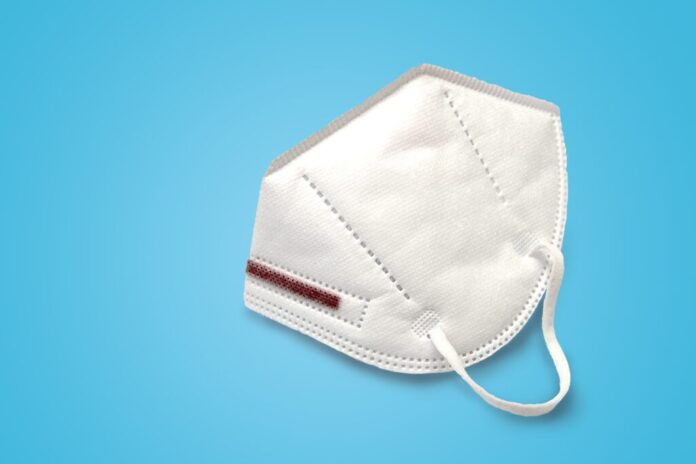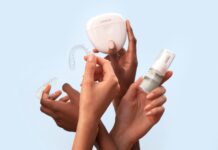Respiratory masks can be termed as protective devices covering a part of the face that are designed to protect the person who wears them and the immediate environment from breathable pollutants. The pollutants may include viruses, bacteria, respiratory poisons, and pathogenic organisms. The breathing resistance of every face mask varies proportionally to the density of the mask material.
Table of Contents
Filtering facepiece (FFP) masks
They are considered half-masks since they fit from under the chin to above the nose. They protect both the wearer and the surrounding people from the entry of pathogens via the airway. They are designed to either come with or without valves.
Types of masks
- Masks for everyday use: They are made from fabric. They are safe for usage as they assume a small risk reduction for droplet transmission, especially during exhalation. They are not suitable for the health care system. They are commonly recommended for the general population for use during shopping or walking.
- Surgical masks: They are also referred to as MNP (medical mouth-nose protection). They protect against infection. Various disposable brands are available in the market with some face masks like level 3 surgical mask Canada offering high-quality filtration material ideal for superior protection. They are approved for medical staff use.
- N95-mask/FFP2: They are designed to fulfill a set of stricter protective norms. Over 95% of particles and droplets are held back when inhaling. The protection rate effectively protects the environment with the absence of an exhaling valve. They are essential to health care workers performing special procedures in the hospital setting on very sick patients.
- Full face protection mask (FFP3): They are more effective than N95 masks as their protection rate ranges at 99%. Most of the droplets and particles are filtered when inhaling.
Benefits of wearing face masks
As much as various masks differ in type and droplet filtration rate some general importance includes;
- It acts as an efficient hygienic tool to prevent the spread of a viral infection: The primary way to spread infection such as Coronavirus is through person-to-person respiratory droplets produced when an infected person coughs, sneezes or talks.
- Act as a barrier to help prevent your respiratory droplets from reaching others: It contains particles from escaping an infected individual and land on another person.
- Reduce the dispersed number of droplets into the air: Effective face, mouth, and nose covering reduces the risk for infection as fewer droplets are circulated in the community.
- Act as alternative mitigation and control: In absence of a vaccine or effective drugs for infections such as COVID-19, a preventive measure such as wearing a mask proves to help fight such a vice.
Conclusion
When in search of a protective mask it is recommended to go for a disposable mask that contains 3 layers. Mostly layers 1 and 3 are non-woven fabric while layer 2 is made from a material that acts as a filter. Generally providing a physical barrier to protect both wearers and surrounding people from the transfer of respiratory secretions, fluids, and avoid contamination of carriers in mucus and saliva.











/cdn.vox-cdn.com/uploads/chorus_asset/file/25271820/IMG_1743.jpeg?w=100&resize=100,70&ssl=1)



/cdn.vox-cdn.com/uploads/chorus_asset/file/25535281/247181_AI_Explainer_LEDE_HHerrera.jpg?w=100&resize=100,70&ssl=1)

/cdn.vox-cdn.com/uploads/chorus_asset/file/25271820/IMG_1743.jpeg?w=218&resize=218,150&ssl=1)



/cdn.vox-cdn.com/uploads/chorus_asset/file/25535281/247181_AI_Explainer_LEDE_HHerrera.jpg?w=218&resize=218,150&ssl=1)
